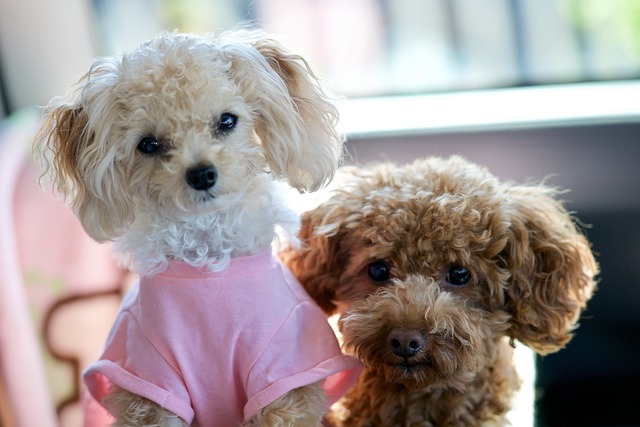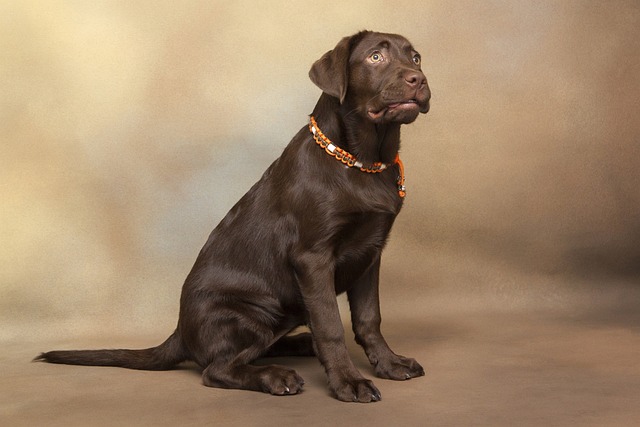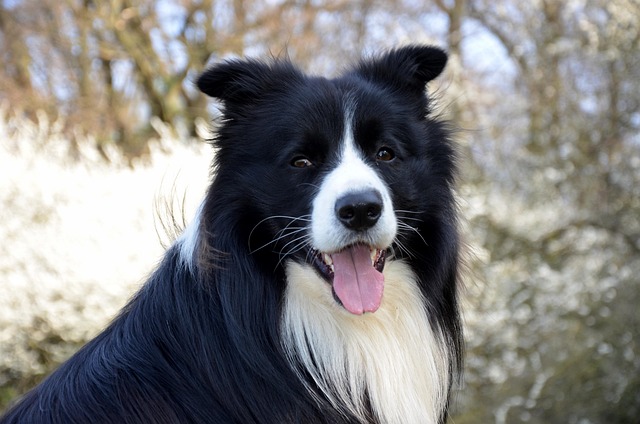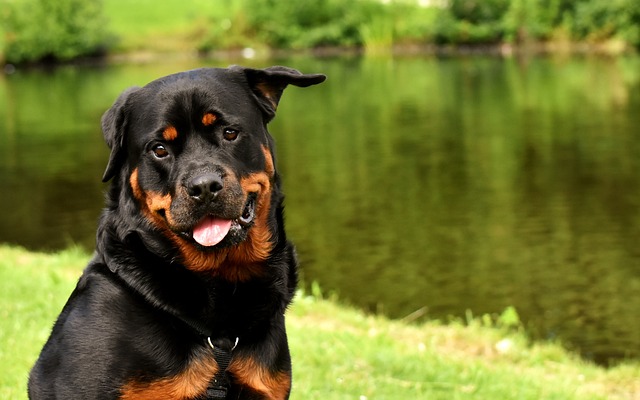
How to Train a Poodle to Use a Designated Spot for Toilet?
Poodles, with their sharp minds and eagerness to please, respond well to consistent toilet training—but it starts with picking the right spot.
Picture this: a fluffy, wide-eyed puppy tumbles into your life, all wagging tail and boundless energy. It’s tempting to let them settle in, giving them time to “just be a puppy” before thinking seriously about training. Honestly, that’s where many new dog owners go astray. There’s a common belief that puppies are too young to learn anything meaningful until they’re several months old—maybe even waiting until they’re six months before introducing basic commands. But, is that really the best approach? The timing of puppy basic commands training age isn’t just a detail; it’s a game-changer for their development and your relationship together.
So, what does science actually say about when to start training a puppy basic commands? Over the last decade, research into puppy brain development has turned some old-school advice on its head. Puppies experience what’s called a “critical period” for learning, typically between three and sixteen weeks of age. During this time, their brains are wired for rapid absorption of new experiences, sounds, and social cues—almost like little sponges. Starting basic commands during this window doesn’t just make training easier, it helps shape the puppy’s entire outlook on the world. Commands learned early are more likely to stick, and positive training experiences during this phase can buffer against anxiety and fear-based issues later on. I’ve seen it time and again: pups that begin learning sit, stay, and come before they’re even four months old often grow into confident, eager learners.
Now, here’s something that surprises many first-time owners: the best age to train a puppy basic commands may be much earlier than you’d expect. When you start training around the eight to ten-week mark—yes, that young—the benefits go well beyond simple obedience. Early puppy training benefits include a smoother socialization process, better impulse control, and a deeper, more trusting bond between you and your pup. In fact, puppies introduced to structured learning early on are less likely to develop problem behaviors like excessive barking, jumping, or leash-pulling. It’s not just about teaching tricks; it’s about shaping a well-adjusted, happy companion from the very beginning. There’s nothing quite like the moment your little furball looks up and nails that first “sit” on cue—it’s magical, and it sets the tone for a lifetime of teamwork.
So, how do you actually put this into practice? I get it—training a tiny, wriggling puppy can feel daunting. But starting early is absolutely doable, and honestly, it’s often more fun than you’d think. The puppy training timeline for basic commands begins as soon as your puppy is settled at home, usually after their initial vaccinations and a few days to adjust. At this young age, keep sessions short, sweet, and ridiculously positive—think two to five minutes, a few times a day. Focus on the basics: teaching their name, “sit,” “come,” and maybe even “down.” Use tiny treats, gentle praise, and a playful tone. Remember, puppies have short attention spans, so don’t expect perfection. Instead, aim for repetition and fun. If your puppy loses interest, that’s your cue to take a break. The more relaxed and joyful the training feels, the faster your puppy will catch on.
Of course, it’s not all smooth sailing. Even with the best intentions, owners often face a few bumps along the way. Young puppies can be distractible, nippy, or sometimes just plain stubborn. Sometimes you’ll give a cue and your pup will look at you as if you’ve just landed from Mars. Patience is key here. If you find yourself getting frustrated, pause and try again later. Consistency matters more than intensity. Celebrate small wins, like a puppy holding a sit for even two seconds. And don’t hesitate to ask for help—group puppy classes or working with a positive reinforcement trainer can provide support and structure. If your puppy seems overwhelmed, scale back and keep things light. The goal is always to make learning enjoyable, never stressful.
In the end, the question of puppy basic commands training age isn’t just academic—it’s about setting your dog up for lifelong success. Starting earlier than tradition suggests opens up a world of possibilities: better behavior, richer communication, and a relationship built on trust and cooperation. If you’re wondering when to start training a puppy basic commands, the answer is: as soon as your new friend joins the family and feels secure. There’s no need to wait for a magic age. With gentle guidance, a handful of treats, and a sense of humor, you’ll both discover how rewarding early training can be. Here’s to raising a well-mannered, joyful companion from day one… because those first few weeks really do matter more than most people realize.

Poodles, with their sharp minds and eagerness to please, respond well to consistent toilet training—but it starts with picking the right spot.

Labrador Retrievers thrive on positive interaction, so start training as soon as you bring your pup home—ideally between 8 and 12 weeks old.

Border Collies thrive on routine, so start by picking a consistent spot—maybe near your backyard patio or a patch of grass that’s easy to access.

Pomeranians, with their fluffy coats and spunky personalities, are a popular pick for many dog lovers, but their small size can make housebreaking feel tricky at first.

Many new dog owners quickly learn that potty training success varies wildly by breed, and some pups pose unique challenges.

If you live in a high-rise apartment or a home without immediate yard access, training pads can feel like a lifesaver during the potty training phase.